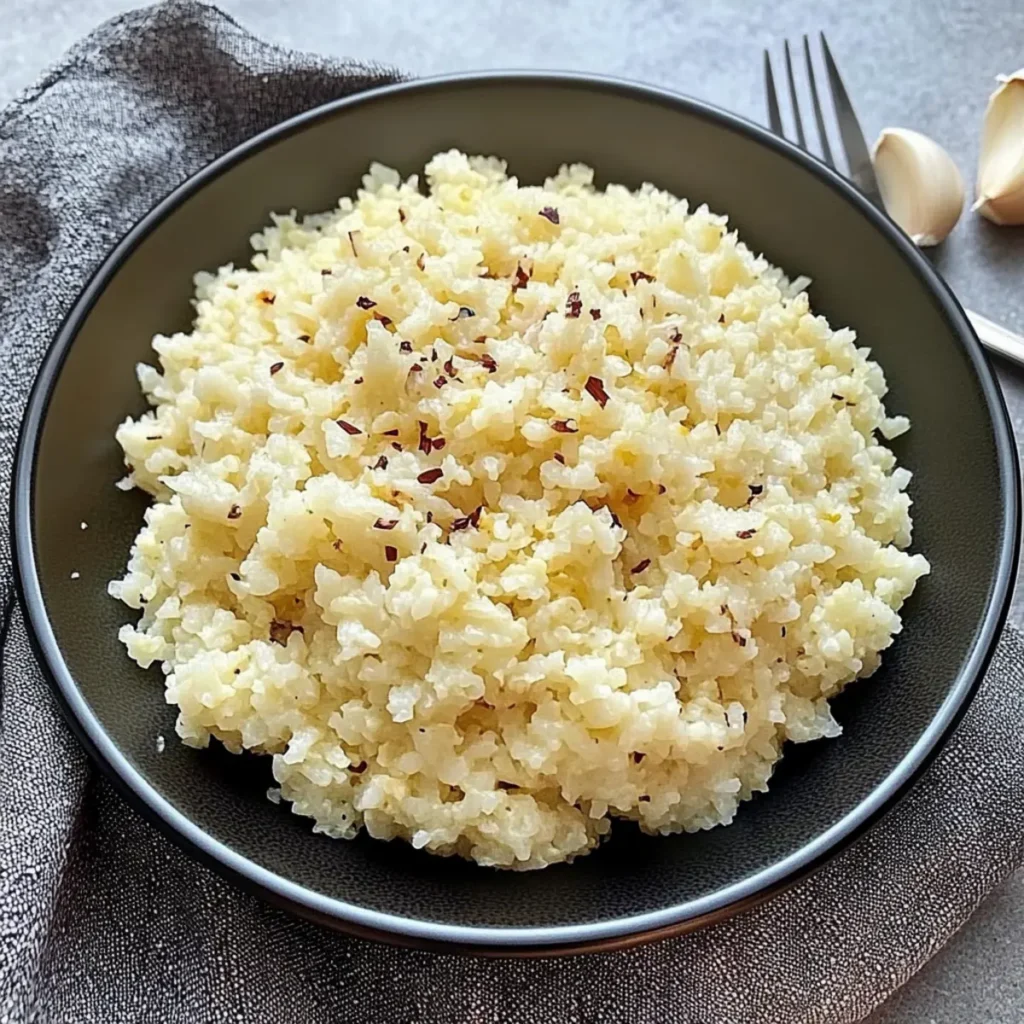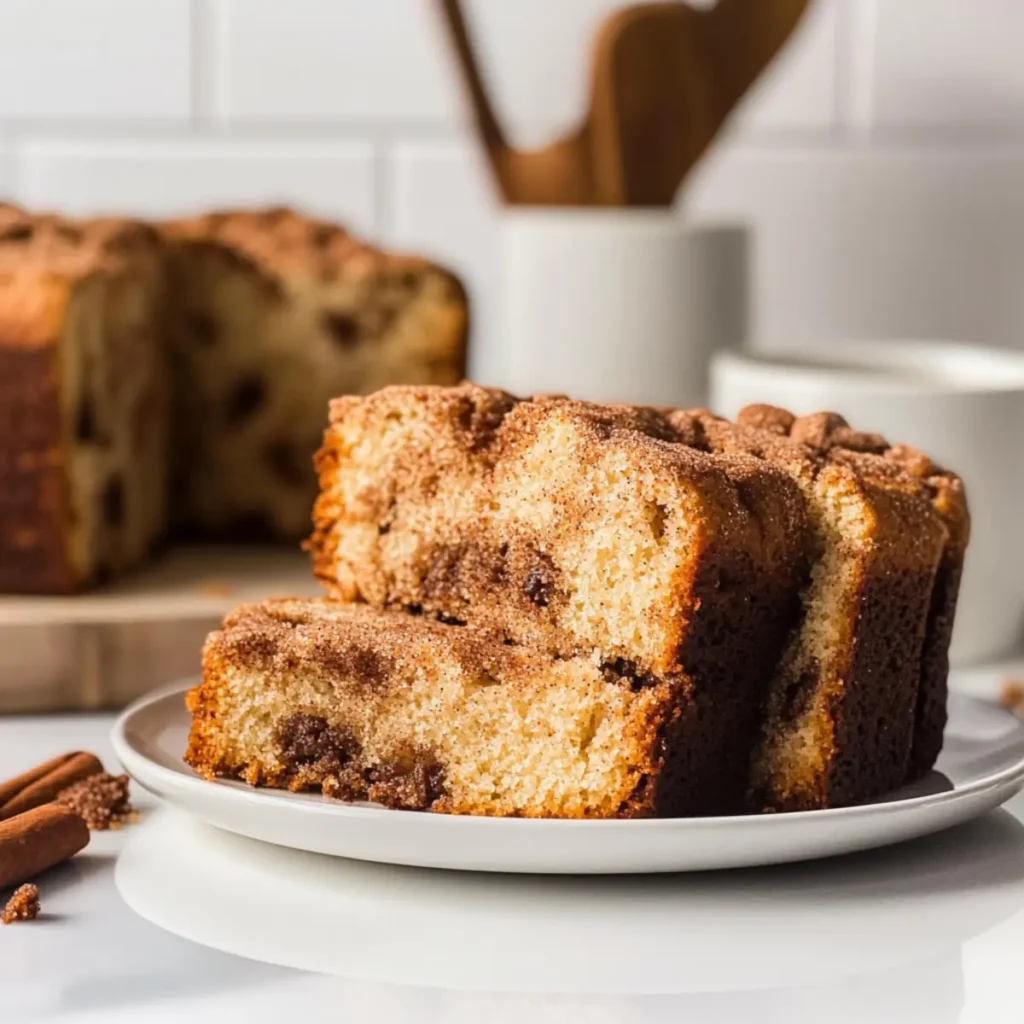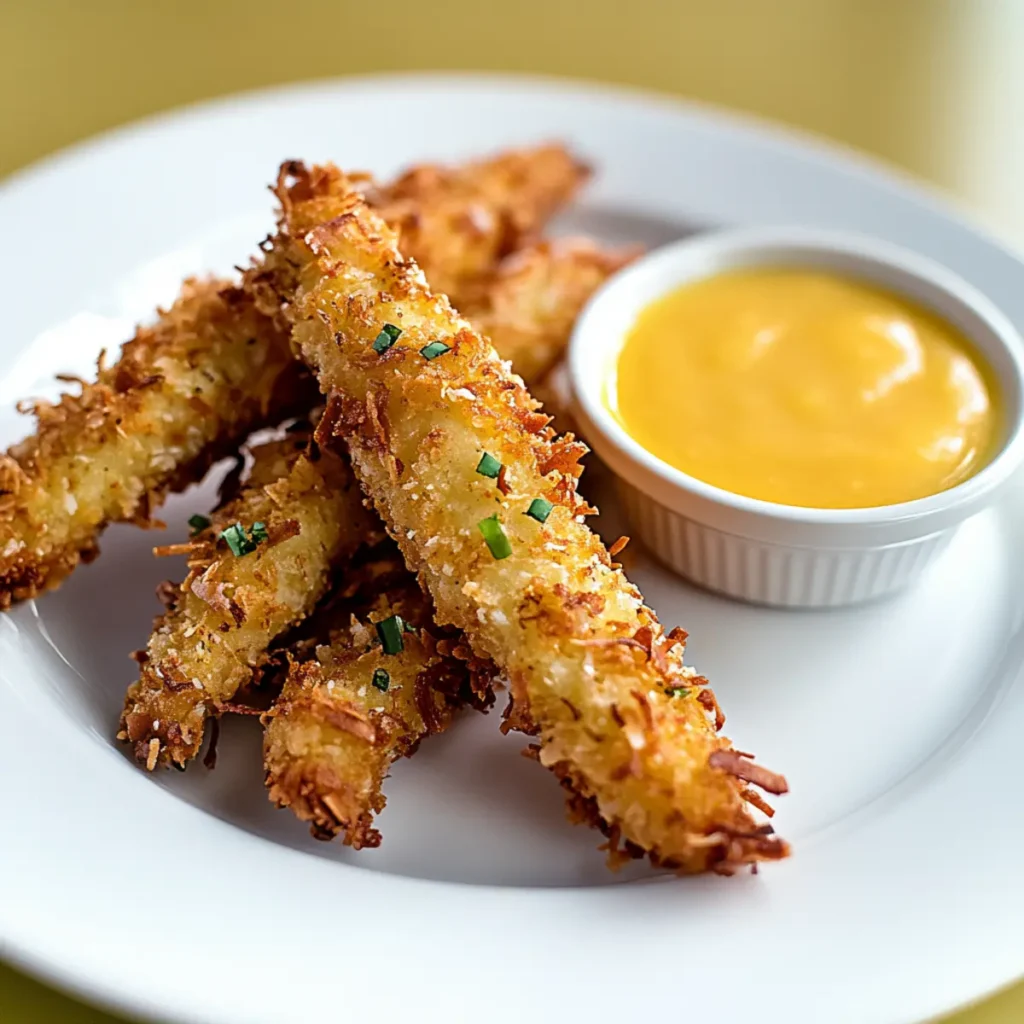Stuffed artichokes are not just a dish; they’re a culinary journey that combines tradition, taste, and health. This article, inspired by the top 10 results from Google on “stuffed artichoke,” aims to guide you through the art of selecting, preparing, and enjoying this exquisite dish.
Understanding Stuffed Artichokes
Stuffed artichokes are a culinary delight that blend tradition, flavor, and versatility, making them a beloved dish in various cuisines around the world. To truly appreciate this dish, it’s essential to understand its components, preparation, and cultural significance.
Origin and Cultural Significance of Stuffed Artichokes
The artichoke, a thistle native to the Mediterranean region, has been a part of culinary traditions for centuries. The practice of stuffing artichokes is believed to have originated in Italy, particularly in Sicily, where artichokes grow abundantly. This dish reflects the Italian ethos of using fresh, local ingredients and transforming them into something extraordinary. Over time, the popularity of stuffed artichokes spread, becoming a staple in various Mediterranean and European cuisines.
The Artichoke: A Unique Vegetable
The artichoke itself is unique. It’s not a fruit or a root, but a flower bud. When left unharvested, it blooms into a beautiful, purple flower. The parts of the artichoke used in cooking are the fleshy lower portions of the petals and the heart, which is the base of the bud.
Varieties Suitable for Stuffing
Not all artichokes are created equal when it comes to stuffing. The Globe artichoke is the most commonly used variety for this purpose. It’s large, with ample space between the leaves for stuffing. The ideal artichoke for stuffing should be:
- Fresh and firm to the touch
- Deep green with a slight purple tint
- Tightly closed petals, indicating freshness
Nutritional Profile of Stuffed Artichokes
Artichokes are not only delicious but also packed with nutrients. They are high in fiber, vitamins (such as Vitamin C and K), minerals (like potassium and magnesium), and antioxidants. This makes them an excellent choice for a healthy diet.
Preparing Artichokes for Stuffing
Preparing an artichoke for stuffing involves several steps:
- Trimming: Cutting off the stem and the top part of the artichoke to make it easier to stuff.
- Removing the Choke: The fuzzy center, or the ‘choke’, is not edible and needs to be scooped out.
- Opening the Leaves: Gently spreading the leaves to make room for the stuffing.
Stuffing and Cooking
The stuffing for artichokes can vary widely, but it typically includes breadcrumbs, cheese, herbs, and sometimes meats or other vegetables. The art of stuffing is to gently insert the mixture between the leaves and ensure even distribution. Cooking methods can vary from boiling and steaming to baking or grilling, each imparting a different flavor and texture to the dish.
Serving and Enjoyment
Stuffed artichokes are often served as a starter or a side dish. They are eaten by pulling off the leaves one by one, dipping them in sauce if desired, and scraping off the fleshy part with your teeth. The heart, revealed after all the leaves and choke have been removed, is a prized portion known for its tender texture and concentrated flavor.
In summary, stuffed artichokes are a testament to the creativity and resourcefulness of traditional cooking. They embody a perfect balance of nutrition, flavor, and artistry, making them a cherished dish in various culinary traditions. Discover more about diverse culinary delights in “Chicken Rollatini: A Culinary Delight”.
The Popularity of Stuffed Artichokes in Cuisine
The dish of stuffed artichokes holds a revered place in the world of cuisine, celebrated for its unique flavor, versatility, and the elegant presentation it offers. This popularity is not confined to one region or culture but spans across continents, making it a beloved dish in various culinary traditions.
A Global Culinary Favorite
- Italian Influence: In Italy, particularly in Sicilian cuisine, stuffed artichokes are a staple. The Italian approach often involves a filling of breadcrumbs, Parmesan cheese, garlic, and herbs, reflecting the region’s love for rich and hearty flavors.
- French and Mediterranean Variations: The French and other Mediterranean cuisines have embraced artichokes, often incorporating them into their gastronomy with local twists, such as using specific regional herbs and spices.
- Adoption in American Cuisine: In the United States, particularly in areas with a strong Italian immigrant influence like New York and San Francisco, stuffed artichokes have become a part of the culinary landscape. They are often featured in Italian-American restaurants and family gatherings.
Versatility in Preparation
- Variety of Stuffings: The versatility of stuffed artichokes lies in the variety of stuffings that can be used. From simple breadcrumb mixtures to more elaborate stuffings with meats, cheeses, and vegetables, the possibilities are endless.
- Adaptability to Dietary Preferences: Stuffed artichokes can be easily adapted to suit various dietary preferences, including vegetarian, vegan, and gluten-free options, making them a versatile choice for diverse dining tables.
Cultural and Seasonal Significance
- Festive and Special Occasions: In many cultures, stuffed artichokes are considered a dish for special occasions, often served during festive seasons or at family gatherings, symbolizing togetherness and celebration.
- Seasonal Delight: The peak season for artichokes is spring, and this is when they are often celebrated in various food festivals and seasonal menus, highlighting their freshness and connection to the season.
Health and Nutritional Aspects of Stuffed Artichokes
- Healthy Option: Apart from their delicious taste, artichokes are known for their health benefits. They are low in calories yet high in fiber, antioxidants, and vitamins, making stuffed artichokes a nutritious option.
- Appeal to Health-Conscious Consumers: With an increasing focus on healthy eating, stuffed artichokes have gained popularity among health-conscious consumers who do not want to compromise on taste while eating healthily.
Culinary Artistry and Presentation
- Aesthetic Appeal: Stuffed artichokes are not just about taste; they are also visually appealing. Their unique shape and the artistry involved in stuffing and presenting them make these dishes stand out on any dining table.
- Symbol of Culinary Skill: Preparing stuffed artichokes is often seen as a mark of culinary skill, showcasing the chef’s ability to transform a simple ingredient into a gourmet dish.
In conclusion, the popularity of stuffed artichokes in cuisine is a testament to their universal appeal. They embody a perfect blend of taste, health, and artistry, making them a cherished dish in various culinary traditions around the world. Whether it’s in a homely kitchen or a high-end restaurant, stuffed artichokes continue to be a symbol of culinary delight and creativity.
For more inspiration on how to incorporate stuffed artichokes into various cuisines, explore Allrecipes – Stuffed Artichoke Recipes.
Selecting the Perfect Artichokes
Choosing the right artichokes is crucial for creating the perfect stuffed artichoke dish. The quality and condition of the artichokes significantly influence the final taste, texture, and presentation of the dish. Here are key factors to consider when selecting artichokes:
1. Freshness
- Look and Feel: Fresh artichokes should feel heavy for their size, indicating they are full of water and thus fresh. The leaves should be tightly closed and snug against the body, not splayed out.
- Color: A vibrant green color is typically a good sign. Some artichokes may have a slight purple tint, which is also acceptable, but avoid artichokes that look overly brown or dry.
- Texture: The leaves should be firm and not feel soft or rubbery. When squeezed, the artichoke should emit a mild squeaking sound, indicating freshness.
2. Size and Shape
- Size for Stuffing: For stuffed artichokes, larger varieties are preferable as they have more space for filling. The Globe artichoke is a popular choice for stuffing due to its size and shape.
- Uniformity: Choose artichokes that are uniform in size and shape for even cooking and presentation.
3. Leaf Condition
- Tight Leaves: The leaves should be tightly packed. Loose or splayed leaves can indicate aging or rough handling.
- No Major Blemishes: While some minor blemishes are normal, avoid artichokes with significant dark spots or signs of bruising.
4. Stem Quality
- Stem Integrity: A healthy stem is a good indicator of a fresh artichoke. The stem should be sturdy and not too dry or woody.
- Stem Length: While the stem is often trimmed before cooking, a little length can be beneficial for handling and cooking the artichoke.
5. Seasonality
- Peak Season: Artichokes are at their best during the spring, from March to May. This is when they are most likely to be fresh and flavorful.
- Off-Season Considerations: Outside of the peak season, it might be more challenging to find high-quality artichokes, so extra care should be taken in selecting them.
6. No Signs of Aging
- Avoid Blackening: Blackening leaves or tips can be a sign of age or frostbite.
- Check for Hardness: Overly hard artichokes may be too mature and tough, which can affect the cooking process and final texture.
7. Organic Options
- Organic Artichokes: If available, organic artichokes can be a good choice as they are grown without synthetic pesticides and fertilizers, which some consumers prefer for health and environmental reasons.
In summary, selecting the perfect artichokes involves looking for freshness, size, leaf condition, stem quality, and considering seasonality. Taking the time to choose the best artichokes will enhance the overall quality of your stuffed artichoke dish, making it a delightful culinary experience.
These characteristics indicate freshness and quality, essential for a delicious outcome.
Essential Ingredients for Stuffed Artichokes
The magic of stuffed artichokes lies in their simplicity. Essential ingredients include:
- Fresh artichokes
- Breadcrumbs
- Parmesan cheese
- Garlic
- Lemon
- Herbs like parsley
Each ingredient adds its unique flavor, creating a symphony of tastes.
For creative cooking techniques and ingredient variations, check out Epicurious – Cooking Techniques.
Preparation Techniques for stuffed artichoke
Preparing artichokes is an art. It involves cleaning, trimming the leaves, and removing the choke. This process, though intricate, sets the stage for a culinary masterpiece. For a delightful fusion of flavors, explore “Mocha Cookie Crumble: A Delightful Fusion of Flavors”.
Step-by-Step Guide to Stuffing Artichokes
Creating a delicious stuffed artichoke dish involves a series of steps that transform the simple artichoke into a flavorful and impressive meal. Here’s a detailed guide to help you master the art of stuffing artichokes:
1. Preparing the Artichokes
- Trim the Stems: Cut off the stems close to the base so the artichokes can sit flat. Optionally, peel the stem and cook it alongside the artichokes.
- Snip the Tips: Using kitchen scissors, trim the tips of the leaves to remove the thorny parts.
- Remove the Top: Cut off the top quarter of the artichoke to expose the inner leaves.
- Open the Leaves: Gently spread the leaves apart to make room for the stuffing. This can be done by gently pressing down on the artichoke or tapping it upside down.
2. Preparing the Stuffing
- Mix Ingredients: Combine your stuffing ingredients in a bowl. A typical stuffing might include breadcrumbs, grated Parmesan cheese, minced garlic, chopped herbs (like parsley), salt, pepper, and olive oil.
- Customize Your Stuffing: Feel free to add other ingredients like cooked sausage, crabmeat, or chopped nuts for added texture and flavor.
3. Stuffing the Artichokes
- Spoon the Mixture: Using a spoon, insert the stuffing mixture into the artichoke. Start at the base and work your way up, ensuring the stuffing gets between the leaves.
- Pack it in: Press the mixture down gently to ensure it’s well packed and stays in place during cooking.
4. Cooking the Stuffed Artichoke
- Choose Your Cooking Method: Artichokes can be steamed, boiled, baked, or even cooked in a pressure cooker. Steaming is a popular method as it gently cooks the artichokes and keeps the stuffing intact.
- Steaming Method: Place the artichokes upright in a pot with a few inches of water, cover, and steam for about 25-45 minutes, depending on size. They’re done when a leaf from the middle can be pulled out easily.
5. Checking for Doneness
- Test a Leaf: The artichokes are ready when a leaf from the middle pulls away easily.
- Check the Heart: The heart should be tender when pierced with a knife.
6. Serving the Stuffed Artichoke
- Serve Warm: Stuffed artichokes are best served warm. They can be accompanied by a dipping sauce like melted butter, aioli, or a vinaigrette.
- Eating the Artichoke: Pull off the outer leaves, dip them in the sauce (if using), and scrape the meaty part off with your teeth. Continue until all the leaves are removed, then enjoy the heart and the stuffing.
7. Optional: Baking After Steaming
- For a Crispy Finish: After steaming, you can bake the artichokes for a few minutes to crisp up the top. Drizzle with a bit more olive oil and broil until the tips are slightly crispy.
8. Tips for Success of the Stuffed Artichokes
- Don’t Overstuff: While it’s tempting to pack in as much stuffing as possible, overstuffing can cause the artichokes to become soggy.
- Season the Cooking Water: Adding lemon juice, garlic, and herbs to the steaming water can infuse the artichokes with extra flavor.
By following these steps, you can create a stuffed artichoke dish that’s not only delicious but also visually appealing. Whether you’re serving it as an appetizer or a main course, stuffed artichokes are sure to impress your guests with their intricate appearance and rich flavor.
Creative Variations in Stuffing
While traditional stuffing is delightful, there’s room for creativity. Ingredients like sun-dried tomatoes, olives, or different cheeses can add an exciting twist to your stuffed artichokes.
Traditional Cooking Techniques of Stuffed Artichoke
Traditionally, stuffed artichokes are steamed or boiled. This method preserves their delicate flavor and ensures the stuffing is cooked to perfection, enhancing the overall taste and texture.
Modern Twists in Cooking Stuffed Artichokes
Modern cooking techniques like baking or grilling introduce new textures and flavors. These methods can add a crispy edge to the leaves and a smoky flavor, elevating the dish.
Stuffed Artichokes Plating and Presentation Ideas
Presentation is key. Serve your stuffed artichokes on a platter, garnished with lemon wedges and fresh herbs, making it as visually appealing as it is delicious.
Pairing Stuffed Artichokes with Other Dishes
Stuffed artichokes are versatile. Pair them with a light salad, crusty bread, or as a side to a main course. They complement a wide range of dishes, making them perfect for any meal.
Health Benefits of Stuffed Artichokes
Artichokes are a powerhouse of nutrients. Rich in fiber, vitamins, and antioxidants, they offer numerous health benefits, making stuffed artichokes a delicious and healthy choice.
Caloric Content and Dietary Considerations
While indulgent, stuffed artichokes are surprisingly low in calories. They fit well into various dietary considerations, offering a guilt-free culinary experience.
FAQs About Stuffed Artichokes
Boiling vs. Baking Artichokes:
- Boiling Artichokes: Boiling is a traditional method that ensures the artichokes are thoroughly cooked, making them tender and easy to eat. It’s a simple, foolproof technique that doesn’t require much monitoring. However, boiling can sometimes lead to a waterlogged texture and may dilute the flavor of the artichokes.
- Baking Artichokes: Baking, on the other hand, can intensify the flavors and add a unique texture. It allows for the incorporation of additional flavors through stuffing or seasoning. Baked artichokes often have a slightly crispy exterior, which many find appealing. The downside is that it requires more careful timing to avoid overcooking.
How to Eat a Stuffed Artichoke:
- Pull Off Outer Petals: Begin by pulling off the outer petals one at a time.
- Dip and Scrape: Dip the base of the petal in any accompanying sauce (if provided) and scrape off the flesh with your teeth, discarding the remaining part of the petal.
- Continue to Inner Petals: As you move towards the center, the petals will become more tender and fully edible.
- Remove the Choke: Once all the petals are removed, you’ll see the fuzzy choke. Scoop it out and discard it.
- Enjoy the Heart: What remains is the artichoke heart, which is the most flavorful part. It can be eaten whole and is often considered the best part of the artichoke.
Why Soak Artichokes in Water:
- To Clean: Soaking helps in removing the dirt and pests that might be lodged within the leaves.
- To Prevent Browning: Artichokes tend to oxidize and turn brown quickly when cut and exposed to air. Soaking them in water, often with a bit of lemon juice, helps to keep them fresh and green.
- To Soften: Soaking can also slightly soften the leaves, making it easier to pull them apart for stuffing.
Origin of Stuffed Artichokes:
- Stuffed artichokes have a rich history, primarily rooted in Italian cuisine. They are believed to have originated in Sicily, Italy, where artichokes are abundant. The Italian immigrants brought this dish to various parts of the world, especially to the United States, where it became popular in regions with a strong Italian influence. The recipe and preparation methods have evolved over time, incorporating local ingredients and preferences, but the core concept remains a cherished part of Italian culinary tradition.
Summarizing the Delights of Stuffed Artichokes
In conclusion, stuffed artichokes are a culinary delight that combines tradition, taste, and health. Whether you’re a seasoned chef or a cooking enthusiast, mastering this dish will add a jewel to your culinary crown.







Your article helped me a lot, is there any more related content? Thanks!